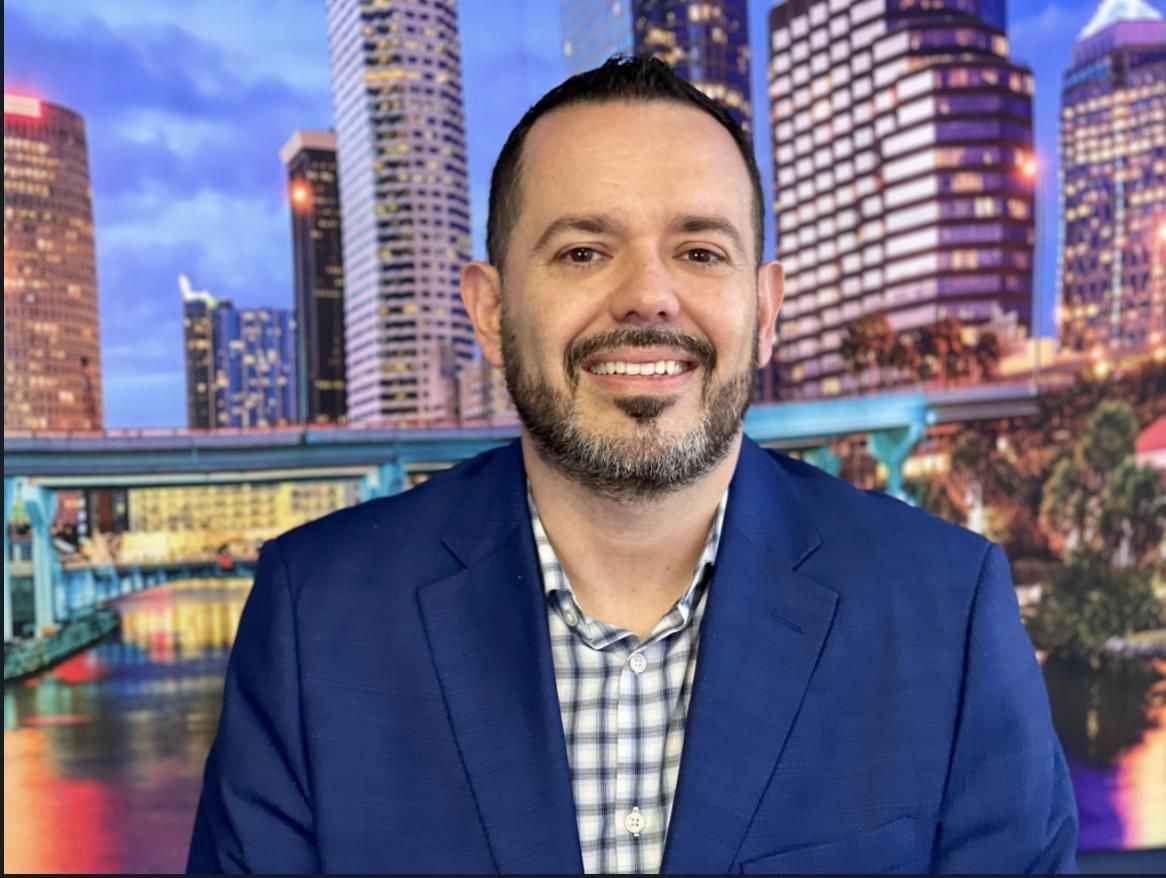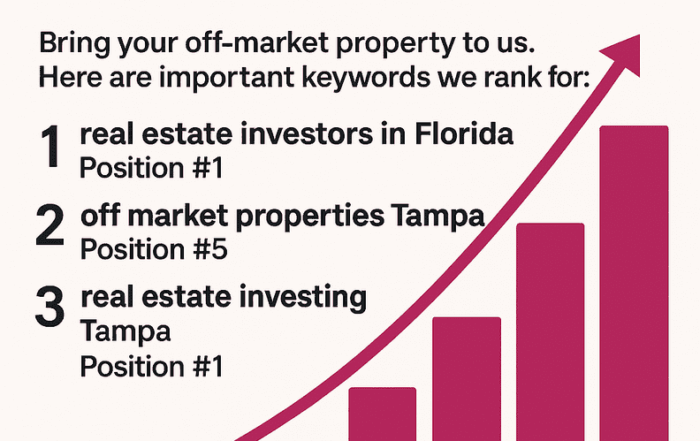
As real estate investors, one of our main goals is to maximize returns and minimize unnecessary expenses. Yet, one of the most overlooked opportunities to save thousands of dollars over time is properly managing homeowners insurance.
Too often, we simply accept what the insurance company or agent gives us without questioning it. Today, let’s go through practical tips on how to review your policy, dispute unnecessary charges, and lower your insurance costs without exposing yourself to unnecessary risks.
1. Use Tools Like ChatGPT to Review Your Policies
One of the best ways to start is by using AI tools like ChatGPT to help you review your policies. Many investors are overwhelmed by insurance documents. AI can help you break down your policy line by line, explain it clearly, and identify possible areas where you are overpaying or carrying coverage you no longer need.
Recently, even my own brother — who has been very successful in his field but is not involved in real estate — reached out to me because he noticed that his escrow payments had jumped dramatically on both of his properties. He was frustrated and confused. When I reviewed his insurance coverage, it was exactly what I suspected: his policies had grown bloated over time with coverage he no longer needed.
I used ChatGPT to create a hypothetical scenario based on lowering his coverage to just what was required. The results were crystal clear: had he adjusted everything appropriately, his insurance costs would have been cut nearly in half. This is a perfect example of how small unnoticed increases can snowball if we are not proactive in managing our policies.
2. Dissect Every Coverage Line-By-Line
Sit down and review every section of your insurance policy carefully. Do not assume that everything listed is still required or appropriate. Ask yourself:
-
Is this coverage still required by the mortgage lender?
-
Have I paid down my mortgage enough to reduce my required dwelling coverage?
-
Am I insuring more personal property than necessary?
Often, policies are built with protections that made sense when you first bought the property but no longer apply years later. Especially after paying down a mortgage, you might have far more insurance than the lender even requires.
Adjust your coverage to what is necessary today, not what was needed five or ten years ago.
3. Adjust Your Policy if the Property is Now a Rental
If your property is no longer owner-occupied and is now a rental, make sure your policy reflects that. Investors should switch from a standard homeowners policy (HO3) to a rental policy (often called a DP3).
Rental policies are typically more affordable because they reduce or eliminate coverage for internal personal property. As an investor, you are primarily concerned with protecting the structure itself and maintaining liability coverage, not covering furnishings or personal belongings that are no longer your own.
This small adjustment alone can lead to major savings annually.
4. Be Surgical and Bold About Your Deductibles
Insurance companies make money because they know the math: most people will never file significant claims. Investors can and should use this to their advantage.
One of the most effective ways to lower your premium is by raising your deductibles:
-
Increase your all-perils deductible to $5,000 or more.
-
Increase your hurricane deductible to 5% if allowed.
The reason is simple: the lower your risk to the insurance company, the less you pay. In reality, if you look at the history of claims across your own portfolio and region, you will find that major claims are rare.
It is critical to run the numbers and determine what risk you are comfortable carrying personally. For most investors, the long-term savings on premiums outweigh the risk of paying a high deductible once every ten or twenty years.
5. Analyze Your Long-Term Insurance Cost vs. Risk
Be methodical. Look at your insurance costs over the past 10 to 20 years:
-
How many claims have you filed?
-
How much have you paid in total premiums?
-
How much risk are you actually exposed to if you raise deductibles?
In most cases, the answer will be obvious: you have paid tens of thousands of dollars in premiums with little to no return.
By raising your deductibles and adjusting unnecessary coverage, you can reduce your insurance premiums dramatically without increasing your financial exposure significantly. In the long run, high deductibles paired with disciplined savings for emergencies will almost always leave you ahead.
Final Thoughts
As an investor, you must think strategically about every expense. Homeowners insurance is no different.
Use available tools to review your policies thoroughly. Challenge every coverage line. Adjust your protection levels based on your current mortgage balance and the property’s true use. Increase your deductibles smartly to match your real-world risk tolerance.
The insurance companies are betting on the numbers — you should too. But instead of betting in their favor, position yourself to win.
Manage your policies like an investor, not like a homeowner. Over time, these savings compound and can make a meaningful difference in your investment returns.
Keep it consistent, stay patient, stay true—if I did it, so can you!
Ready to connect and strategize? Contact me at graystoneig.com/ceo – Jorge Vazquez, CEO of Graystone Investment Group & its subsidiary companies and Coach at Property Profit Academy.
Pick your expert. Book your free 15-minute consult now. We are here to help!
Our Top Articles
Preparing for Multifamily and Apartment Investing
Jorge Vazquez2025-08-02T23:49:56+00:00August 2nd, 2025|Comments Off on Preparing for Multifamily and Apartment Investing
Preparing for Multifamily and Apartment Investing with Graystone Investment Group Entering the multifamily real estate arena requires savvy preparation [...]
Why Affordable Properties Are Still the Smartest Way to Build Wealth in 2025
Jorge Vazquez2025-08-02T23:55:56+00:00August 2nd, 2025|Comments Off on Why Affordable Properties Are Still the Smartest Way to Build Wealth in 2025
By Jorge Vazquez, CEO of Graystone Investment Group Introduction: Picking Up Where We Left Off So, you [...]
Why You Should Sell Your Deals with Us
Jorge Vazquez2025-08-02T23:58:16+00:00August 2nd, 2025|Comments Off on Why You Should Sell Your Deals with Us
Let’s keep it real—wholesaling ain’t easy. You lock up a deal, hustle to find a [...]
Property Profit Academy:
✔ Learn to buy properties with little to no money down.
✔ Build a $10M portfolio step by step.
✔ Master strategies like BRRRR and house hacking.







